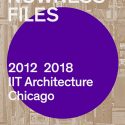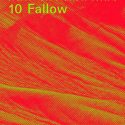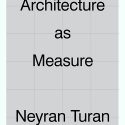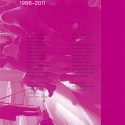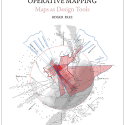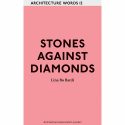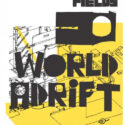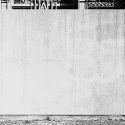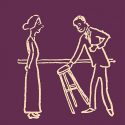Your Cart is empty
Nowness Files: 2012-2018
Wiel Arets, Vedran Mimica, Lluís Ortega
Nowness Files charts the evolution of the College of Architecture at the Illinois Institute of Technology, under the deanship of distinguished architect Wiel Arets, from 2012-2018.
It is the second publication in the NOWNESS series from Illinois Institute of Technology's College of Architecture – announcing and documenting the college's activities. Whereas Nowness set the college's new educational, and urban-centric theme– "Rethinking Metropolis" –and sought to announce new initiatives instituted under then new dean Wiel Arets; Nowness Files documents the effect of those changes on the college's curriculum. Its pages chart the evolution of the Mies Crown Hall Americas Prize (MCHAP), first awarded in 2014, expound on the numerous publications produced at the college from 2012-2018, reflects on lectures and lecturers, and highlights the college's new digital media outlets, as the website, and archiving system PROTOCOL. Special attention is given to the revised and expanded degrees the college offers, and to the activities of its faculty, staff, and students – who compose the college's community. Like the original publication it closes with a visual essay by the late photographer Michael Wolf–with a selection of images from his "Transparent City" series– documenting Chicago's glass skyscrapers, and life within them.

